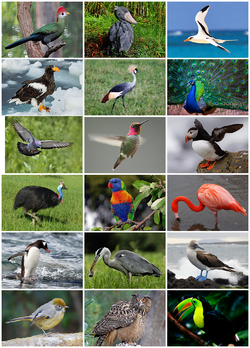Birds are animals with a unique and unparalleled ability to fly, in addition to the beautiful plumage that many display or the fabulous singing that some have.
They are warm-blooded vertebrates, meaning they maintain their body temperature, with a body adapted for flight covered by plumage that differentiates them from others, and they do not depend as much on the environment, which implies that they can live in almost any place. There are more than 8,600 species of birds.
If someone asked you what a bird is, what would you answer? Think carefully about the response. Would you say that a bird is an animal that can fly? Perhaps; but butterflies and bees can also fly, and they are not birds. Moreover, penguins, ostriches, and kiwis are birds, but they cannot fly.
Here is the correct answer: a bird is an animal that has feathers and wings. Therefore, you cannot be mistaken; if an animal has feathers, rest assured it is a bird.
What are Birds Like?
- As can be seen in these bird images, they have a body that is divided into head, trunk, and limbs. The first two limbs are the wings, which with their movement allow them to rise or fly, and the other limbs are the legs, which have four toes.
- The skeleton is also fundamental for flight. The bones are hollow, weigh very little, which makes the bird light, and it has strong chest muscles that allow the beating of the wings.
- All birds have their bodies covered with feathers that, in addition to helping with flight, keep their bodies warm.
- They have beaks instead of jaws, and the beaks have different shapes depending on their food.
- They breathe through lungs.
Did you know? There are birds of different sizes, but the smallest is the Cuban hummingbird, which only measures 5 cm, and the largest are the ostriches with a height of 2.7 m. Although there are some that do not fly, most have their bodies designed for it.
Types of Birds
There are various types in the world, including those that do not fly.
Flightless Birds
These are birds that cannot fly as their wings are short, and they lack a keel (a bone in the sternum where ribs join). They generally have long legs. Examples include the ostrich, rhea, and cassowary.


Flying Birds
These birds can fly. To do so, they must have certain characteristics: strong yet flexible upper limb muscles, wings, and a keeled sternum, which is why they are also called “Carinate Birds.”
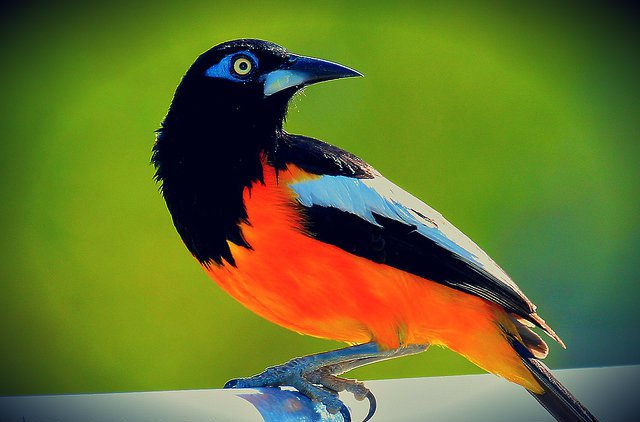
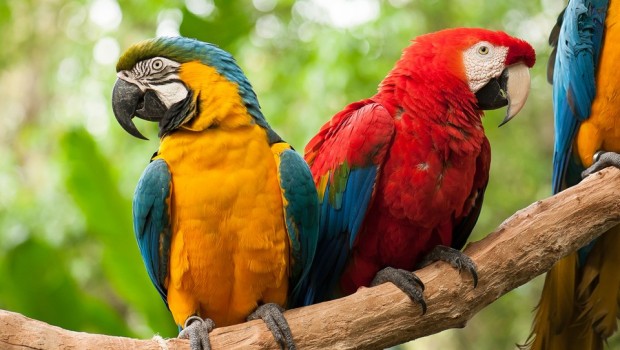


Birds of Prey
These birds have sharp beaks and powerful legs with large claws for hunting prey. Some are diurnal, like eagles, falcons, or kestrels, while others are nocturnal, like owls.

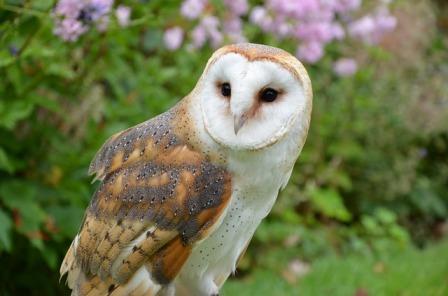
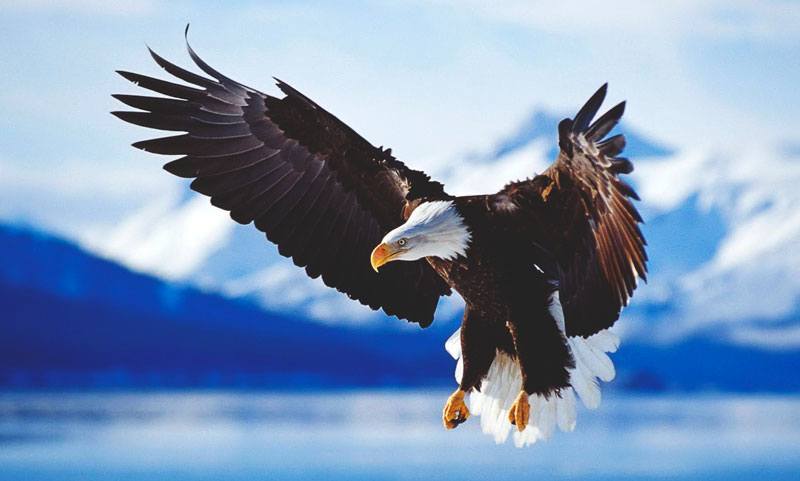

Small Birds
These are small birds with thin and short legs, often found in forests, like tits and robins, or urban areas like starlings, sparrows, and ovenbirds. Many are also family pets.

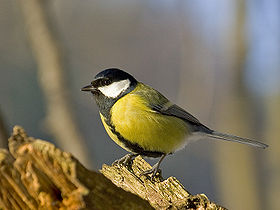
Wading Birds
Slender birds with elongated beaks and legs, such as storks, herons, and cranes.
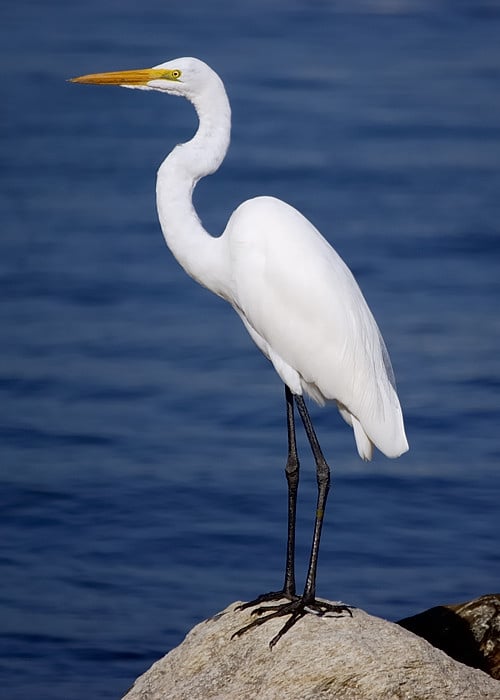
Waterfowl
These have flattened beaks and webbed feet, enabling them to swim. This group includes ducks, geese, swans, and more.
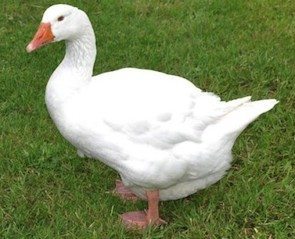

Penguins
Birds with forelimbs turned into flippers used for diving in water, losing their ability to fly. The most popular member of this group is the penguin.
Gallinaceous Birds
These have short but strong beaks and robust legs, with small wings and nails suited for digging. Their diet mainly consists of grains. This category includes chickens, quails, and pheasants.
Diet
Birds and birds of prey are vertebrates adapted to aerial life, with specific adaptations in their diet and digestive system.
Diet of birds of prey includes carnivorous feeding, as they hunt other animals. Birds feeding on fish and aquatic invertebrates have different hunting methods and dietary habits, focusing on fish, crustaceans, tadpoles, or mollusks.
Insectivorous birds feed on insects, with some having whisker-like feathers near their beaks to detect insect vibrations. Scavenger birds feed on carcasses without hunting them.
Vegetable-eating birds primarily consume animals, but some groups eat plant products. There are frugivorous (fruit-eating) and granivorous (seed-eating) birds.
Omnivorous birds can eat various food types, including both animal and plant sources.
Reproduction
Their reproduction is sexual and oviparous, meaning they reproduce through eggs fertilized by a male. Reproduction starts amusingly with courtship, where the male tries to attract the female with songs, air acrobatics like eagles, or, in the case of peacocks, by displaying a striking nuptial plumage to woo the female, and then preparing nests for egg-laying.
It is oviparous, as there is internal fertilization, but the embryonic development occurs externally in an egg with a calcareous shell that hardens upon contact with the atmosphere.
What are Feathers Like?
You know that if an animal has feathers, it is a bird. But do you know their purpose? Feathers protect birds from the cold, aid in flight, and add a splash of color.
Have you ever picked up a feather? Noticed its structure? Feathers consist of a central shaft, called a rachis, from which very fine filaments, known as barbs, extend. Most adult birds molt their feathers, meaning they lose and replace them at least once a year.
Feathers of some species come in a variety of colors: red, green, yellow, blue… Have you seen the colorful plumage of parrots? Did you know that the pink color of flamingos comes from the tiny shrimps (marine crustaceans) they feed on?
The feathers covering the body are called coverts. There are two types of covert feathers: flight feathers on the wings and tail feathers forming the tail. The down feathers, also known as downy, are smaller and softer, located beneath the covert feathers. Have you noticed chicks? They are covered in a coat of soft, fluffy down.

